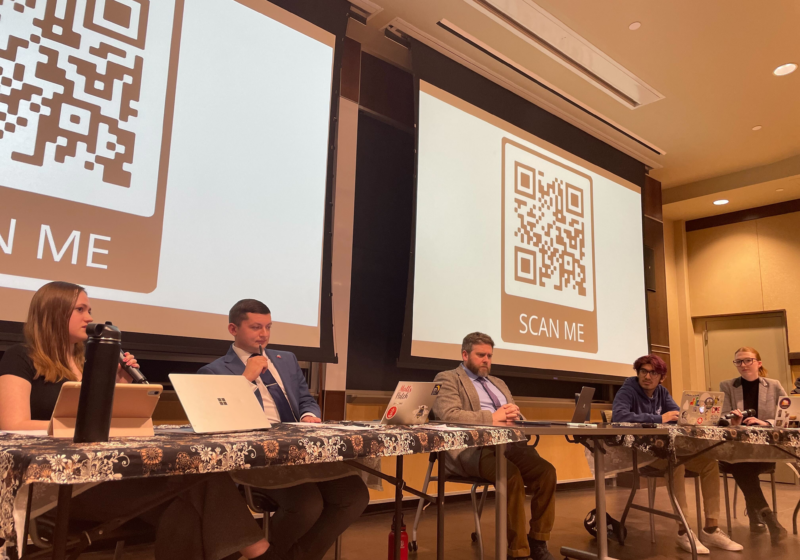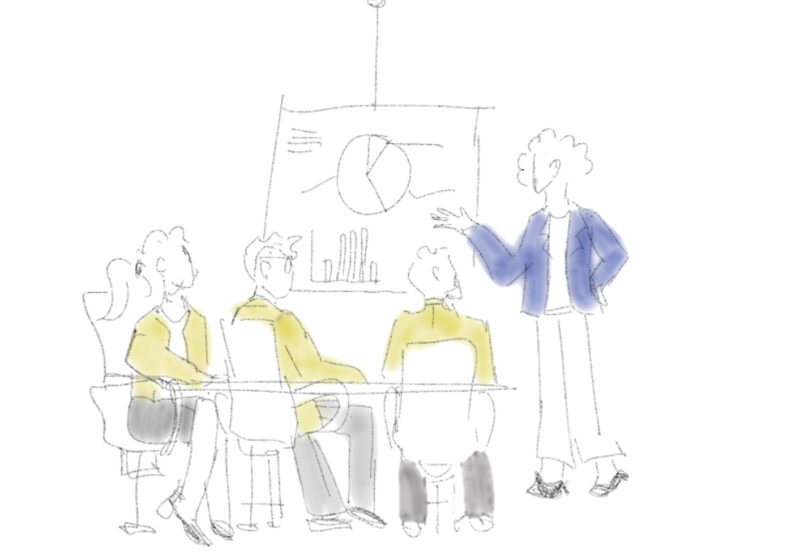Hello, reader! I spent my winter break delving into new series. I started the anime “Death Note” and completed HBO’s “Sharp Objects.” Both shows are known for their particularly dark content and some nights, they significantly affected my mood.
I haven’t finished “Death Note” yet, but the premise is that an exceptionally conniving teenage boy named Light gets possession over the Death Note, a notebook owned by the Gods of Death, called Shinigamis. By putting someone’s name in the Death Note, you sentence them to death. The owner of the Death Note decides who dies, and when and how it happens.
There are more rules for the Death Note, which make the show interesting and complicated. The story centers around Light’s use of the Death Note to create a “perfect society.” The police start to investigate Light, and he meets his match in mind games — Detective L. The show moves to very dark places as L and Light mentally battle it out. L tries to find out who the killer is, and Light tries to avoid detection. It’s a fascinating watch, but the absence of human empathy in Light and sometimes in L made me contemplate some very cold thoughts.
“Sharp Objects” is based on the novel from renowned author Gillian Flynn. It features Camille Preaker, a woman on the brink of mental and physical collapse. I don’t want to spoil too much of the show for you, reader — the series defines slow build. Camille Preaker is sent to investigate the murders of two girls in her hometown, and when she arrives, she is enveloped in the messy spider web that is a small town in America.
The show deals with dark issues: self harm, murder, and sexual abuse. At times, I felt like I was slowly drowning. The suspense and anxiety was drawn out so much that sometimes I had to stop because I couldn’t handle the stress. But I do recommend the show. Amy Adams, Patricia Clarkson, and Eliza Scanlen give mesmerizing performances, and Jean-Marc Vallée masterfully directs. Each episode is cloaked in a hazy mix of nostalgic small-town beauty and threatening secrets.
These shows prompted a question — why do we enjoy watching dark content? Both series are highly popular. “Death Note,” according to a survey done by the Ministry of Japan, was at one time polled as the 10th best anime of all time, and “Sharp Objects” has received rave reviews and huge ratings since its debut. Neither show gave me pleasant feelings.
I’ve come up with some theories about our attraction to darkness. The first is that the shows offer us opportunities to experience something different from our everyday, goody-two-shoes lives. It’s fascinating to see the “other side” — it’s the same reason people watch horror movies. Darker shows can also reaffirm our own morality and our reasons for being good (however you define that). Another theory is that watching shows like this purges the viewer’s dark moods. It’s like exposure therapy.
My final theory is connected to how popular dark shows are also often artfully done. Real thought is put into the content, which is distinctively created and presented. Most people have a darker, colder part of themselves, and these shows display this side in beautiful, cinematic, and dramatic fashion. They portray the mess inside us as art.
So there it is, reader. My assessment of the darker side of our media world. Check “Death Note” or “Sharp Objects” out if you’d like — just make sure you’re in a good enough mood.





